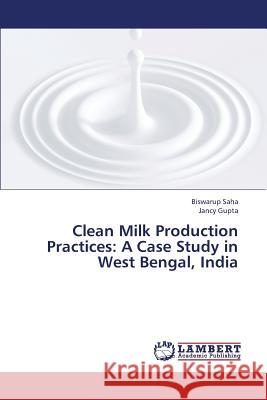Clean Milk Production Practices: A Case Study in West Bengal, India » książka
Clean Milk Production Practices: A Case Study in West Bengal, India
ISBN-13: 9783659340635 / Angielski / Miękka / 2013 / 112 str.
Clean Milk Production Practices: A Case Study in West Bengal, India
ISBN-13: 9783659340635 / Angielski / Miękka / 2013 / 112 str.
(netto: 209,23 VAT: 5%)
Najniższa cena z 30 dni: 219,69 zł
ok. 10-14 dni roboczych
Bez gwarancji dostawy przed świętami
Darmowa dostawa!
Besides being a health hazard, contamination of milk can lead to huge economical losses. Contamination occurs at different levels: at farm level, during collection and storage, and at processing centres. Milk contains many essential nutrients, such as carbohydrates, proteins, lipids, minerals and vitamins and therefore acts as an ideal medium for rapid proliferation of harmful microorganisms. Milk needs to be protected from all possible sources of microbial contamination and various types of disease organisms. When the milk is secreted from the udder, it is almost sterile. The employment of hygienic practices at the time of milking is therefore one of the first and most important steps in clean milk production. Clean Milk is generally defined as "milk drawn from the udder of healthy animals, which is collected in clean dry milking pails and free from extraneous matters like dust, dirt, flies, hay, manure etc. Clean milk has a normal composition, possesses a natural milk flavour with low bacterial count and is safe for human consumption".











